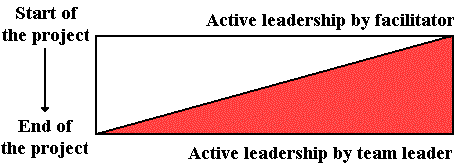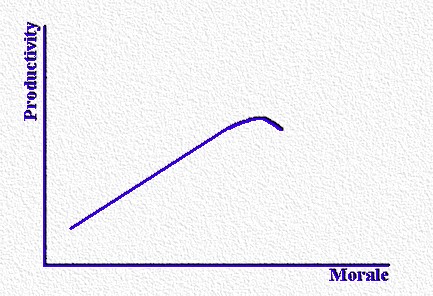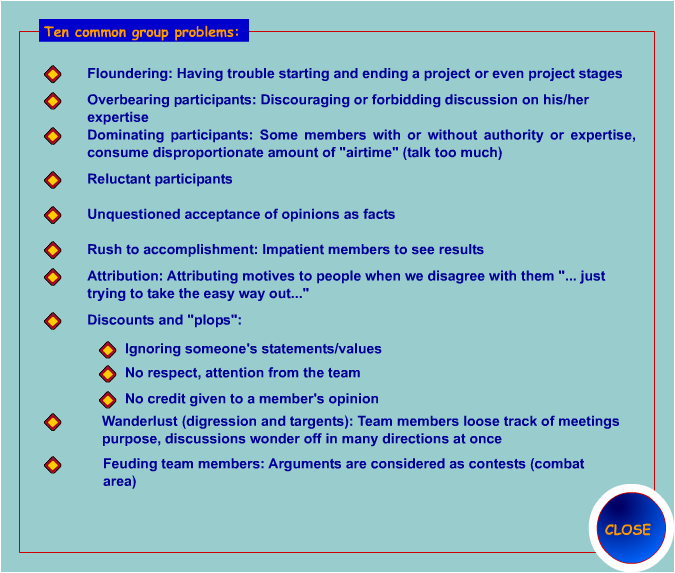| Necessary
conditions for a team to exist:

Team
Roles:
There are three commonly described
team roles:
 |
Team leader |
 |
Facilitator |
 |
Team member |
Team Leader:
 |
guides and manages
the team:
 |
schedules
meetings, arrange for rooms, etc. |
 |
facilitates
meetings |
 |
orchestrates
all team activities |
 |
communicates
with management about team's progress and needs |
 |
share
responsibilities as a team member |
|
|
Facilitator (coach, advisor):
 |
expert in group
dynamics, problem solving, or running meetings, or helping teams |
 |
provides training
as needed |
 |
helps team resolve
conflicts |
 |
coaches team members
(if necessary also the team leader) on team skills |
 |
helps the the team
use problem solving tools |
 |
leads team meetings
when the team leader is in difficulty in doing so. |

Team member:
 |
Any member of the
team should:
 |
focus
on the team's mission and objectives |
 |
communicate
clearly |
 |
respect
team's ground rules |
 |
respect
teammates |
 |
participate
fully |
 |
carry
out his/her assignment between meetings |
|
|
Two dimensions of
team functioning:
 |
Task (content)
�
Productivity/Goal accomplishment |
 |
Social (maintenance)
�
Morale |
 |
Curvilinear relationship |

Three types of team
behaviors:
 |
Task/Content |
 |
Social/Maintenance |
 |
Self/Dysfunctional |
Ingredients for team
success:
 |
Clarity in team
goals and member roles |
 |
Clear, open communication |
 |
Balanced participation |
 |
Beneficial team
behaviors |
 |
Well-defined decision
procedures |
 |
Established ground
rules |
 |
Awareness of the
group process |
 |
An improvement
plan |
 |
Use of scientific
approach |
|


